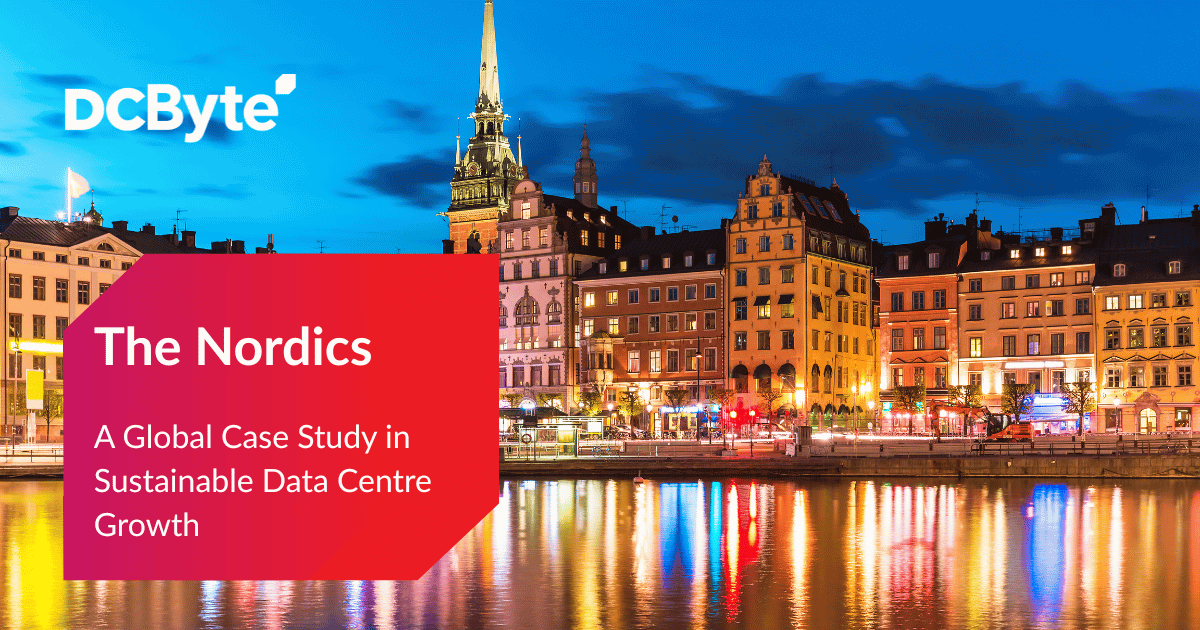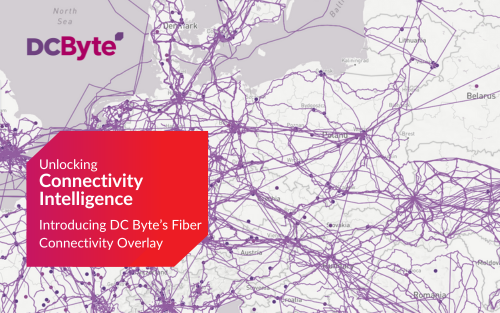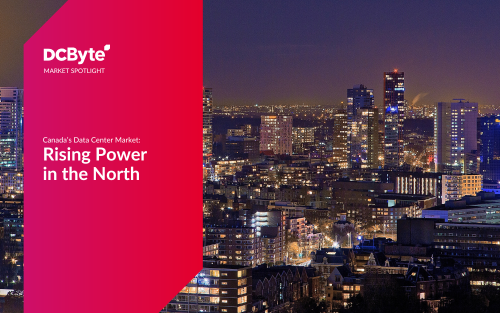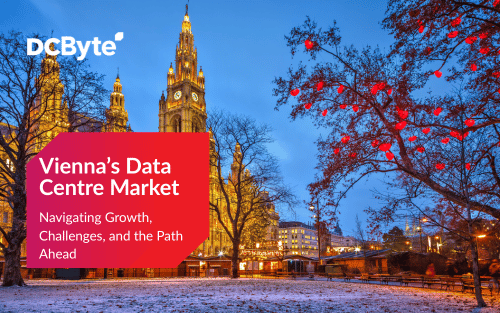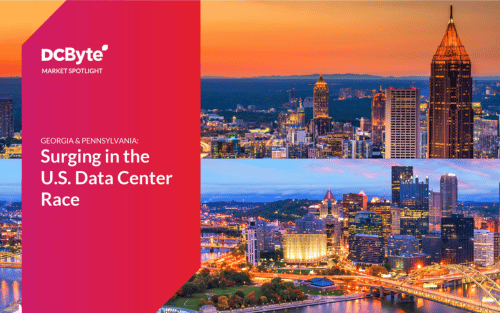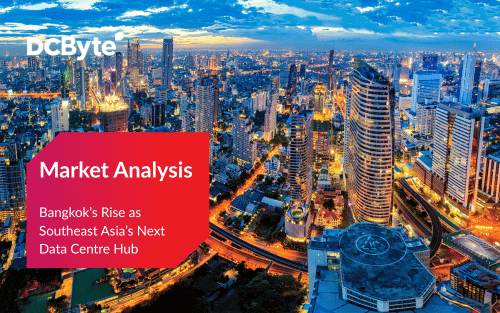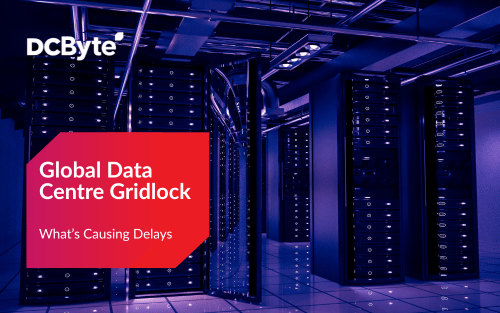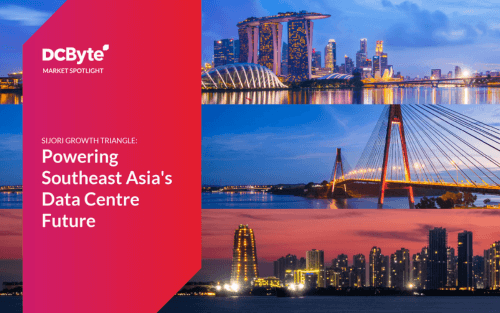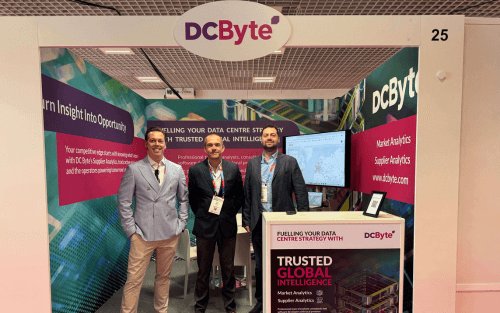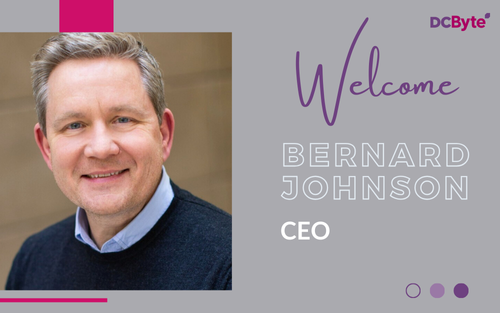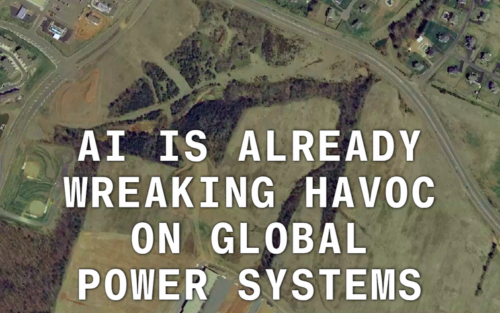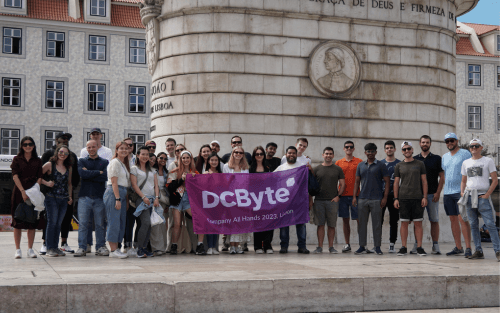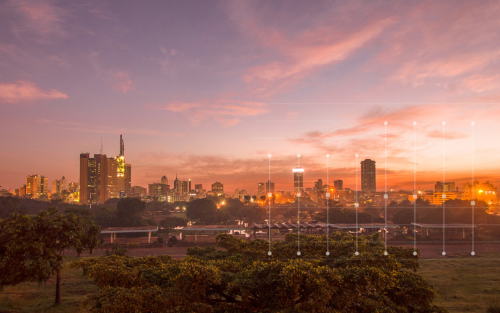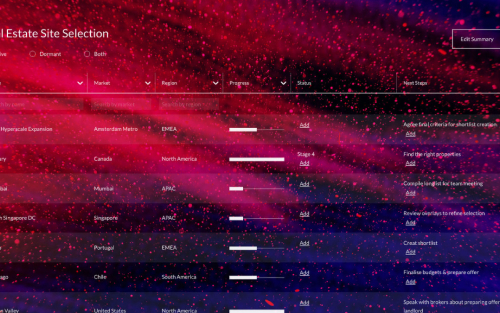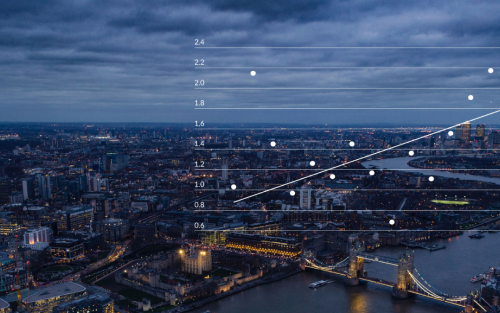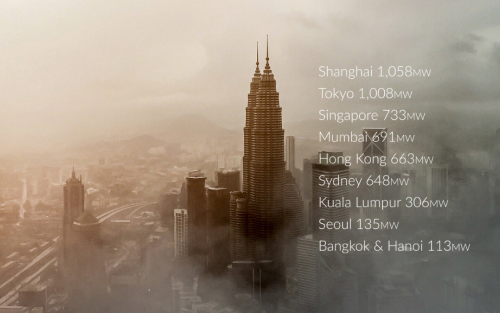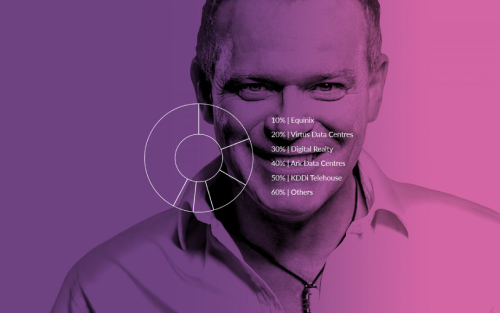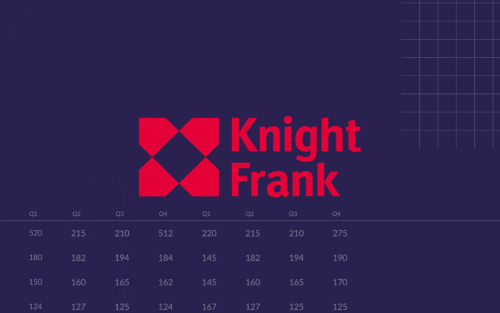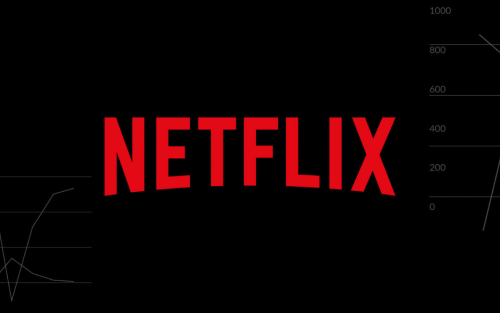How Northern Europe’s long-term approach to energy, planning and balance became the industry’s quiet success story
As power-constrained markets in Europe grapple with permitting pauses and grid restrictions, the Nordics – Denmark, Finland, Sweden, Norway and Iceland – have quietly demonstrated what sustainable growth looks like in practice.
The lesson from the region is straightforward but profound. By aligning infrastructure planning with renewable energy capacity and public cooperation, the Nordics have created a foundation for data centre development that is both commercially and environmentally durable.

“The Nordic markets prove that sustainability and scalability can coexist when policy, power and planning move together,” says Charlie Enright, Senior Analyst at DC Byte. “Their approach shows that growth and responsibility can be complementary rather than conflicting forces.”
The Foundations of Sustainability
Sustainability in the Nordics is a structural feature of how the region has developed its power systems and industrial planning. The region’s advantage stems from long-term coordination between governments, utilities and local authorities, which has made clean, reliable energy available at scale.
Finland illustrates this approach well. The country’s investment in nuclear and wind generation has created one of the most stable and low-carbon power systems in Europe, with 95% of its electricity now produced from CO₂-neutral sources. This mix allows operators to expand their facility footprint, knowing the availability of clean energy sources. This benefits operators seeking scalable campuses, to service AI workloads, for example, by overcoming the power bottleneck and ensuring that expansion remains sustainable.
Across the region, sustainability works because it is embedded in the system. Power, planning and policy are aligned. This predictability has allowed operators to invest for the long term rather than chase short-term capacity gains, giving the Nordics a reputation for dependability that extends beyond their borders.
Predictable Power, Measured Growth
The stability of the Nordic energy system has allowed the region to scale its data centre capacity without the volatility seen in more constrained European hubs. Instead of racing to capture demand, operators have built steadily, guided by transparent regulation and reliable access to renewable power.
Norway’s qualified1 supply has grown at a 43% five-year CAGR since 2019 and now exceeds one gigawatt. Finland added more than 1400 MW of total2 IT load in 2023 and 2024, reflecting consistent confidence from both cloud providers and colocation developers. Sweden continues to anchor regional hyperscale growth through long-term self-build projects north and west of Stockholm, supported by power availability and strong fibre infrastructure to Northern Europe via the capital city.
This steady pace contrasts sharply with the stop-start pattern in other European markets, such as Dublin, Amsterdam and Frankfurt, where permitting pauses and grid shortages have delayed deployment of capacity. In the Nordics, predictable power translates into predictable progress. Governments and utilities coordinate closely to align new builds with available generation, preventing over-extension while maintaining room for expansion.
1Qualified supply refers to the summation of live, under construction and committed supply.
2Total supply refers to the summation of live, under construction, committed supply and early stage supply.
Balance in the Ecosystem: Colocation and Scale
The Nordics’ maturity lies not just in their renewable advantage but in the balance between large-scale self-build campuses and high-connectivity urban colocation markets. While hyperscalers have expanded into unconstrained regions with abundant land and power, metro hubs such as Copenhagen, Helsinki and Stockholm continue to serve enterprise demand through dense networks of colocation facilities.
Copenhagen illustrates this dual structure. The city hosts 30 of Denmark’s 56 data centre schemes yet accounts for only 25% of the nation’s total IT load. This shows that its role is shaped by connectivity and service density rather than scale alone. Similar dynamics play out across Helsinki and Stockholm, where proximity to business users and access to renewable power sustain steady absorption.
Together, these layers form a resilient ecosystem. Hyperscale self-builds meet global capacity demand, while capital-city colocation markets keep digital infrastructure close to enterprises and communities. It is a practical balance; global scale supported by local reach, that allows the region to grow inclusively without compromising efficiency or reliability.
Lessons for the Global Industry
Grid stability and clear permitting guidelines drive investment confidence in data centres, as illustrated across the Nordics. In Norway, long-term hydropower capacity provides resilience to short-term energy shocks. Finland’s uniform power pricing allows expansion close to population centres without premium costs. Sweden’s mature self-build ecosystem has continued to expand even as earlier tax incentives have been phased out, reflecting investor trust in the market’s fundamentals.
These lessons extend beyond Northern Europe. Consistent grid policy, open collaboration between utilities and operators, and integration with community systems provide a pathway for other markets seeking to balance energy, regulation and demand. Sustainable growth does not depend on one-time incentives or isolated projects but on the alignment of planning and power.
Planning, People and Power
Renewable energy, mature grids and coordinated planning have created conditions for growth that align with future infrastructure needs. Operators expand with an eye on continuity, governments focus on power security, and communities benefit from projects designed to endure.
The Nordic markets show that sustainability and stability work best when development is built around shared objectives. Progress here is steady because it is intentional, and that focus on long-term alignment ensures the region’s continued resilience. For DC Byte, tracking these dynamics means understanding how power, planning and people come together to define the next chapter of global digital infrastructure.
The Nordics are among the data centre markets we track globally.
For organisations seeking local market intelligence with tailored insights, speak to our expert analyst team today.



